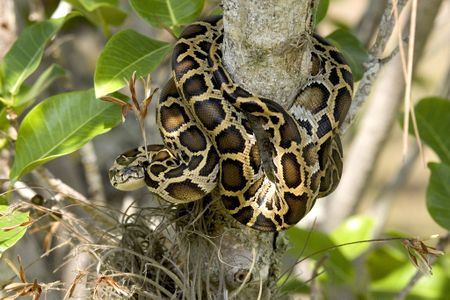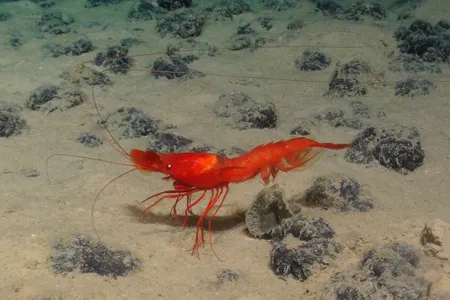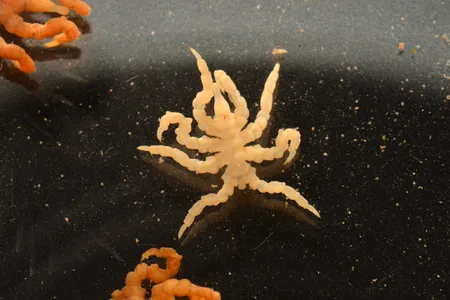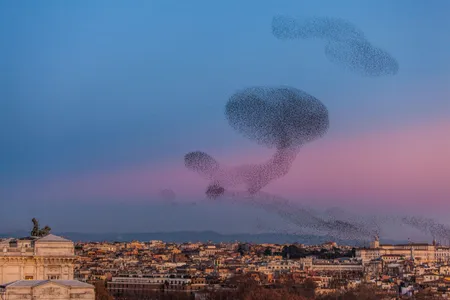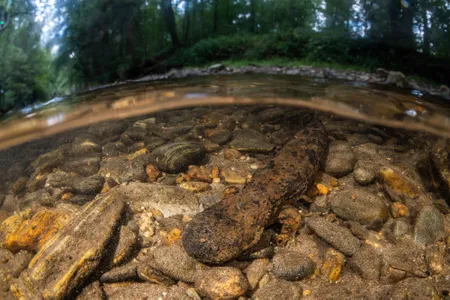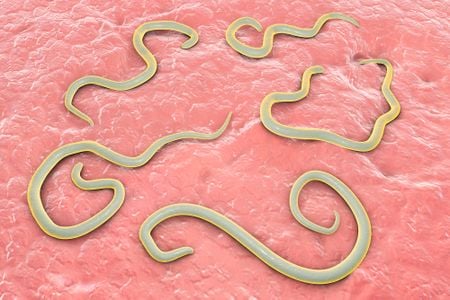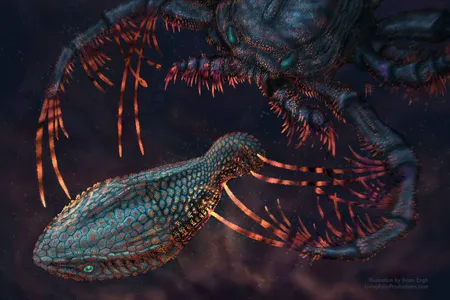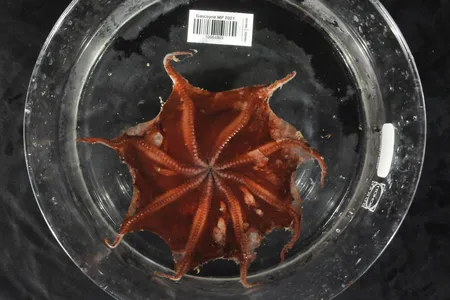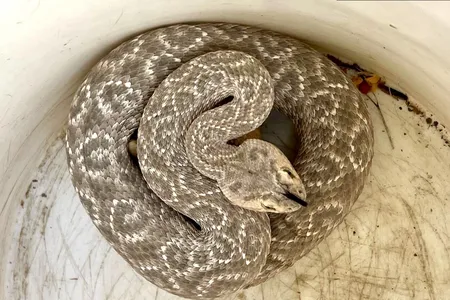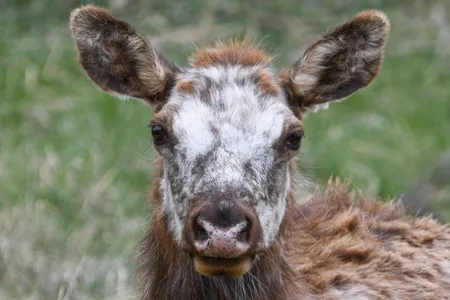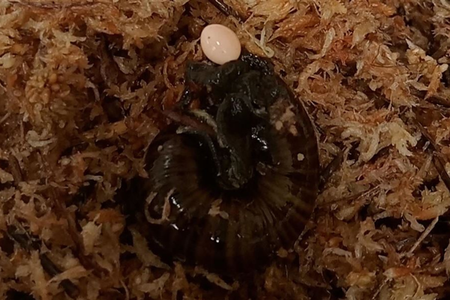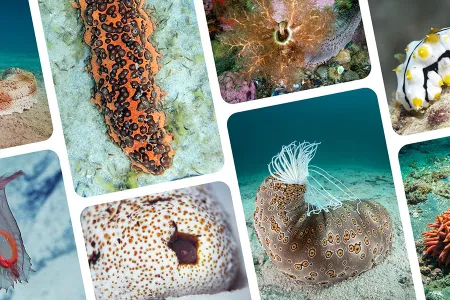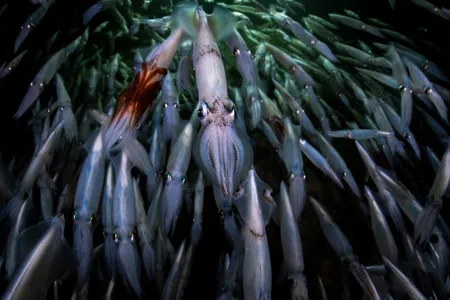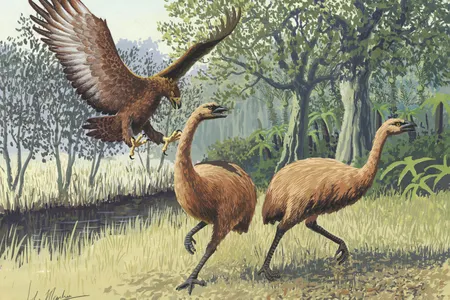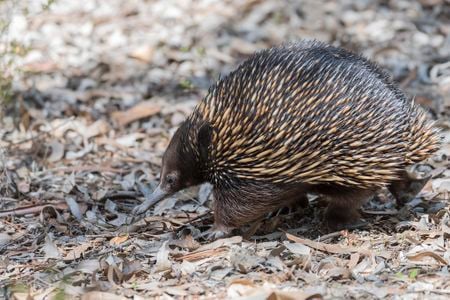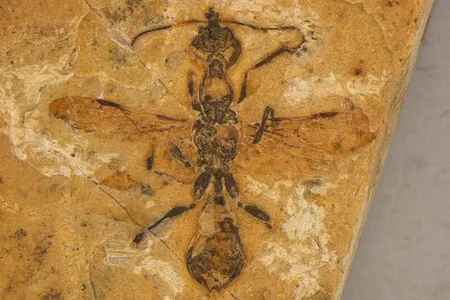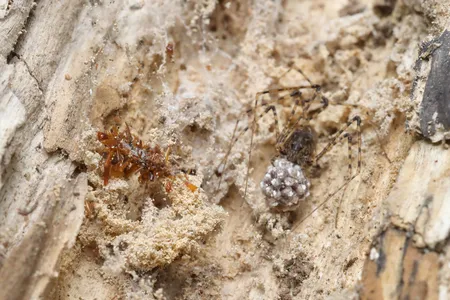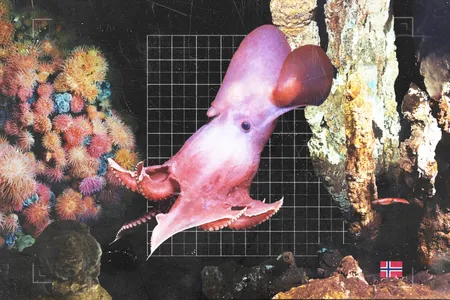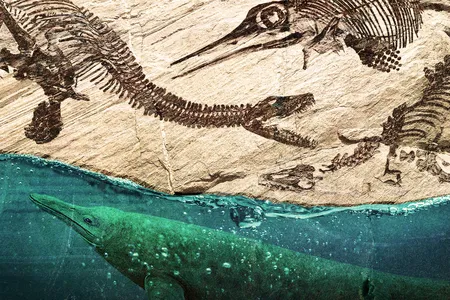Researchers Discover the Trick That Allows Burmese Pythons to Digest the Bones of Their Prey
Special intestinal cells collect excess minerals into particles the snakes can poop out, according to a new study
As Interest in Deep-Sea Mining Grows, Scientists Raise Alarms About the Possible Ecological Consequences
Gathering minerals such as nickel, cobalt, manganese and lithium from the seabed could affect everything from sponges to whales. The long-term effects of these extractions remain uncertain
These ‘Weird’ Sea Spiders Don’t Have Abdomens—and Instead Store Organs in Their Legs. With DNA, Scientists Are Learning Why
Researchers sequenced the knotty sea spider’s genome for the first time, revealing a missing gene that many other animals have
A Closer Look at the Kestrels, Hedgehogs and Other Wild Animals That Inhabit Rome
From antiquity to modern times, the city has been rife with creatures that creep, slither, scurry and nest among its pillars and palaces
These Killer Whales Make Tools From Kelp to Massage Each Other in a Newly Discovered Grooming Behavior
Dubbed “allokelping,” it might be a unique cultural phenomenon that’s as endangered as the orca population itself
Why Has This North Carolina Town Embraced a Strange Salamander?
The city of Boone has put a giant mural of the eastern hellbender downtown and its residents often imbibe a local Hazy IPA named after the amphibian
How Worm-Inspired Treatments Are Inching Their Way Toward the Clinic
Infection by certain wrigglers may reduce inflammation and fight obesity and diabetes. Scientists are working to turn the findings into therapies
Our Teeth May Descend From Sensitive Bumps on Prehistoric Fish Armor, New Research Finds
Hundreds of millions of years ago, fish had sensory features on their exoskeletons that contained dentine, the material that makes our teeth sensitive today
A New, Shape-Shifting ‘Flapjack’ Octopus Has Been Discovered in the Deep Sea Off the Coast of Australia
The tiny Carnarvon flapjack octopus is the latest of ten species described by Australian scientists after a 2022 research trip
This Eye-Catching Rattlesnake Found in Arizona Has Unusual ‘Leopard Spots,’ Likely From a Genetic Mutation
Snake wranglers safely relocated the healthy, female western diamondback from a backyard in Scottsdale, but they say the find is a first in their experience
‘1 Out of Every 100,000’: This Rare Piebald Elk Is Turning Heads in Colorado With Her Unusually Splotchy Fur
The female ungulate has white patches on her face and body, likely because of an uncommon genetic condition that affects pigmentation
Watch a Giant Snail Lay an Egg From a Pore in Its Neck in First-Ever Footage Captured in New Zealand
Conservation rangers took a video of an endangered, captive snail laying a large egg, revealing insight into the creature’s reproductive process
Welcome to the Weird and Wondrous World of Sea Cucumbers
These spiny or slimy ocean creatures display an astonishing diversity of appearances, behaviors and lifestyles—and many are increasingly threatened
In Order to Unravel the Many Mysteries of Squids, Scientists Dive Into Their Mating Frenzies
Marine biologists hope to find out more about a creature that is vital to a healthy ecosystem and the state’s fishery
Why Have Birds Never Gotten as Big as T. Rex?
Even the most massive birds have never reached the sizes of their dinosaur relatives
A Single Prehistoric Bone Might Rewrite the History of the World’s Strangest Mammals
Analysis of the fossil suggests that the only two egg-laying mammals, platypuses and land-based echidnas, both descended from a semi-aquatic creature
Scientists Discover the Oldest Known Ant Fossil, a 113-Million-Year-Old ‘Hell Ant’ Preserved in Rock in Brazil
The odd-looking specimen with scythe-like jaws indicates that early ants were spread widely across the globe while dinosaurs still roamed
Researchers Discover a Rare, Carnivorous Caterpillar That Wears Dead Insect Parts to Fool Spiders
The species, dubbed the “bone collector,” belongs to an ancient lineage of moths older than the Hawaiian island of Oahu, which is the only place it’s known to live today
As Norway Considers Deep-Sea Mining, a Rich History of Ocean Conservation Decisions May Inform How the Country Acts
In the past, scientists, industry and government have worked together in surprising, tense and fruitful ways
From Massive Eyes to Shark-Like Tails, Seven Amazing Adaptations That Helped Prehistoric Reptiles Thrive at Sea
The creatures cruised the world’s oceans with features we often associate with marine mammals, such as coats of blubber and the ability to birth live young
Page 1 of 40
